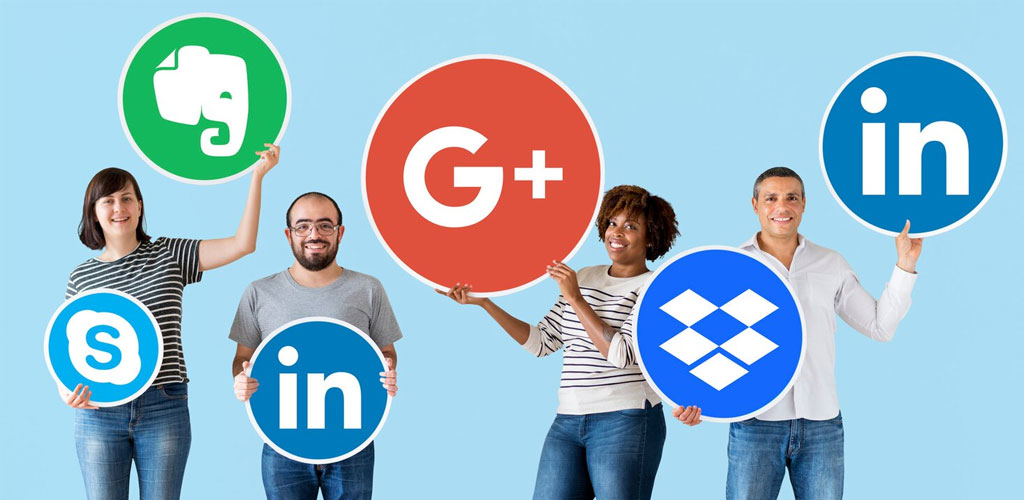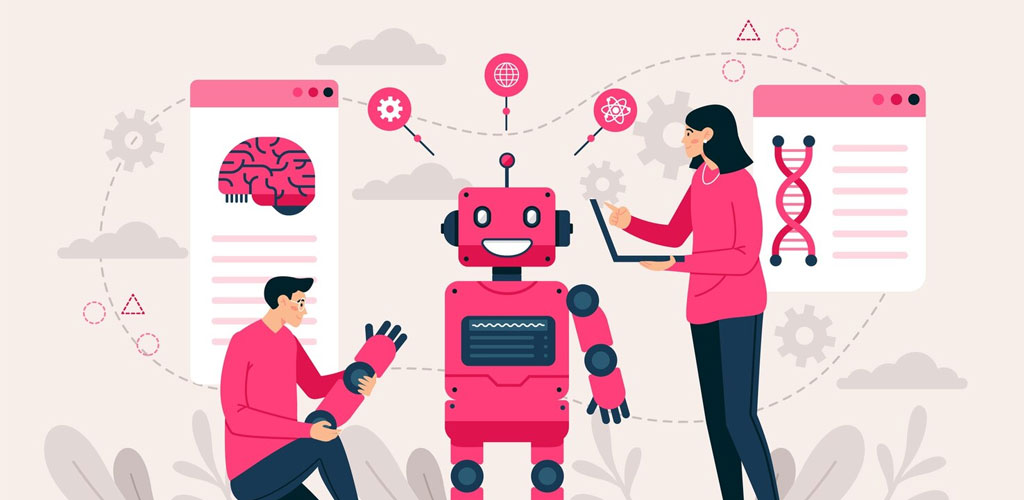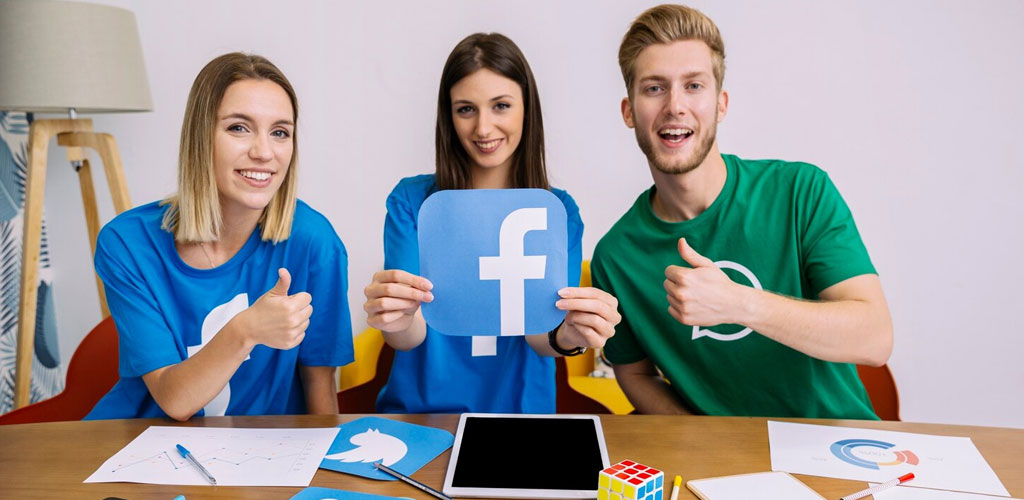Google Discover has long been a tool for users to find content tailored to their interests without having to search for it. Recently, Google has made an exciting update that integrates social media more closely with its platform. Now, users can see social media posts and even follow buttons directly in Google Discover, making the experience more interactive and seamless.
This change is significant for both users and content creators. For users, it means easier access to the latest updates from their favorite creators, brands, and social media personalities. Instead of visiting multiple platforms to keep up with new posts, users can now engage directly from Google Discover. They can read updates, watch videos, and follow accounts with just a single tap. This streamlines the way people consume content and encourages more immediate interaction.
For businesses and content creators, this update opens new doors for engagement and audience growth. Social media follow buttons embedded within Google Discover posts can help increase followers without relying solely on platform algorithms or external promotions. It offers a more organic way to connect with users who are already interested in similar topics or brands. By appearing in Discover feeds, creators can reach audiences who may not have found them through traditional social media channels.
One key benefit of this integration is its potential to enhance brand visibility. Businesses that maintain active social media profiles can now gain additional exposure by appearing in Discover feeds. This visibility is not limited to text content; images, videos, and interactive posts can all be displayed, giving brands multiple ways to attract attention. Users who appreciate the content can immediately follow the brand or creator, leading to stronger engagement and long-term loyalty.
Overall, the integration of social media posts and follow buttons into Google Discover represents a meaningful shift in how content is consumed and shared online. It brings convenience to users, offers growth opportunities for creators, and underscores the value of quality content. As the line between search engines and social media continues to blur, staying informed and adapting to these changes will be crucial for anyone looking to expand their online presence.
Google Discover’s update highlights an important trend: users increasingly want immediate access to content and the ability to engage with it directly. By combining discovery and social interaction in one platform, Google is not only improving user experience but also creating new possibilities for brands and creators to connect with their audience in a more dynamic way.
In conclusion, this change in Google Discover is more than just a feature update; it’s a shift in how people interact with online content. Users benefit from easier access to interesting posts, while creators gain a valuable channel for growth. For those looking to stay ahead in digital engagement, understanding and leveraging this integration will be key to reaching and maintaining a loyal audience in the evolving online landscape.










